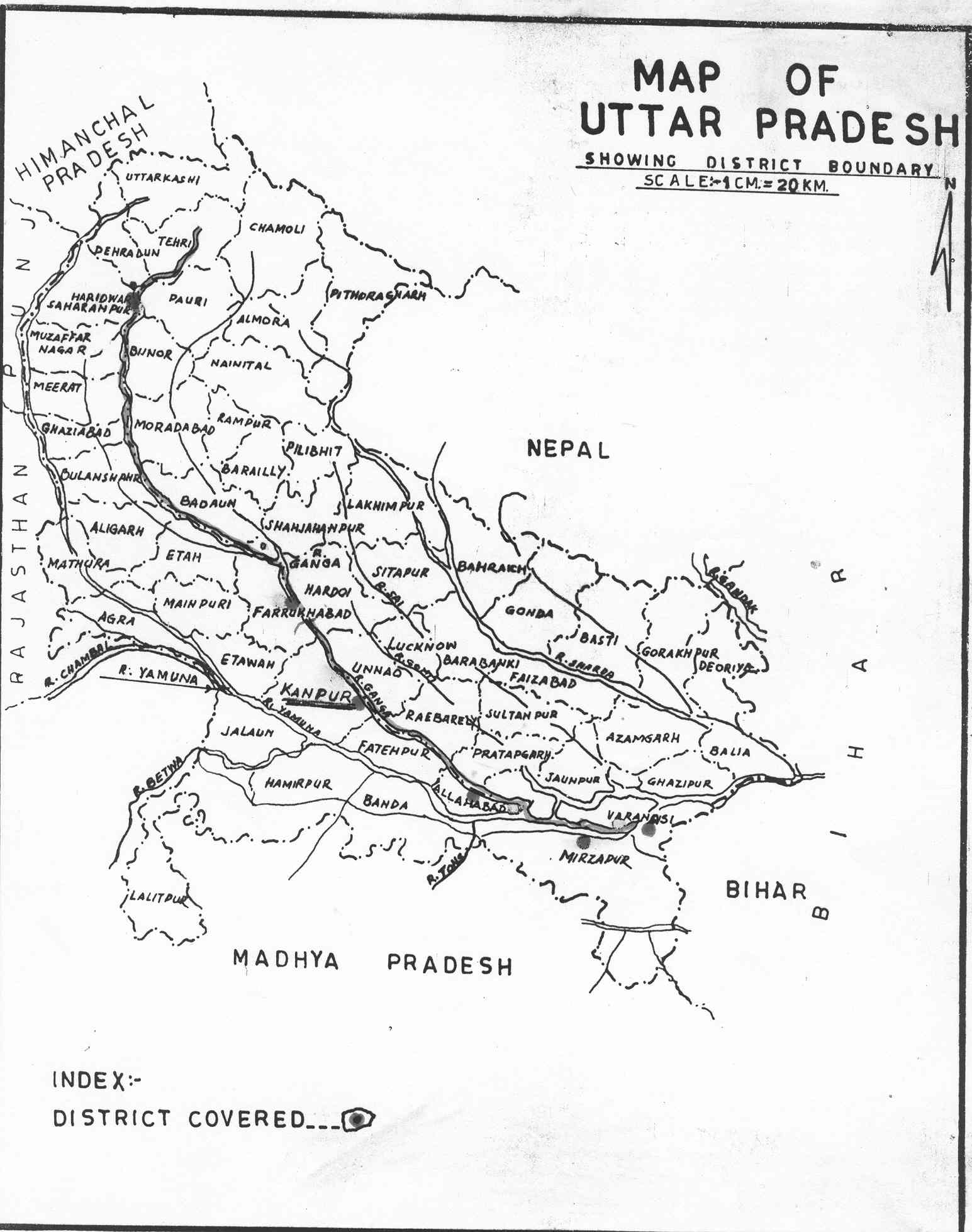Short Description Of Projects
A STUDY ON GANGA ACTION PLAN
Submitted By:
Jayant Kumar Singh (93100)
Manish Raj Saxena (93128)
Taufique Hasan (92305)
Course Instructor: Dr. Amit Ray
Introduction:
POLLUTION IN GANGA AT KANPUR
Kanpur city is the biggest city of Uttar Pradesh. Its population is nearly 25 lakhs and there are 175 tanneries situated at Jajmau. Around 8 million liters per day of obnoxious (e.g. chromium) waste water from these tanneries and around 240 million liters per day of domestic waste water was flowing to river Ganga be fore the start of Ganga Action Plan.
GANGA ACTION PLAN (GAP)
GAP was launched in 1985 with the help of Dutch government. Its main purpose is to check the increasing pollution level in Ganga. Some of the essential features of GAP are: ...
![]() Interception and
diversion of waste water to treatment plants. ...
Interception and
diversion of waste water to treatment plants. ...
![]() Cleaning of sewers to
facilitate the effective interception and transmission of
Cleaning of sewers to
facilitate the effective interception and transmission of
waste water.
![]() Development
of innovative technologies for waste water treatment with an objective of
resource recovery, recycle etc.
Development
of innovative technologies for waste water treatment with an objective of
resource recovery, recycle etc.
![]() Another purpose of GAP was
to increase the domestic water supply. Apart from that, to improve the .living
condition of urban poor, the Indian and Dutch government had agreed to execute
under their bilateral cooperation program, a project entitled "Environmental and
Sanitary Engineering Project" in Kanpur and Mirj apur .
Another purpose of GAP was
to increase the domestic water supply. Apart from that, to improve the .living
condition of urban poor, the Indian and Dutch government had agreed to execute
under their bilateral cooperation program, a project entitled "Environmental and
Sanitary Engineering Project" in Kanpur and Mirj apur .
This project includes:
![]() Integration of water
supply
Integration of water
supply
![]() Sewage and storm water
drainage
Sewage and storm water
drainage
![]() Low cost sanitation
Low cost sanitation

Conclusion
There is no denying of the fact that the phase-I of GAP has not been able to achieve its goal completely because the basic eco friendly and development strategy that should have been carried out to make the GAP a success story has not been materialized at all. But the lessons learnt from the overall evaluation of this huge environmental protection program should be and must be given appropriate attention for any such endeavor. Since Ganga is the lifeblood of the entire gangetic plain and civilization, any development plan related to ganga must involve the ethics for sustainable environmental design which not only improve the condition of Ganga but also lead to the upliftment of the people living around such project. All these aspects are expected to be properly addressed in phase-II of the Ganga action plan going to be completed by the year 2005.